Spaghetti art is something you don’t hear about every day. Given that spaghetti is cheap to buy, it’s a great resource that can be used in different forms (boiled or raw) to create a rainbow of art activities for kids.
In my 10 years of experience teaching young children, I found that their creativity has no boundaries. However, they need to be given opportunities to develop it. Here are some super fun spaghetti art ideas that will keep them on their toes.
When you hand out the spaghetti, give the children a few minutes to explore its texture and colors. Encourage conversation by asking kids to describe what the spaghetti feels like before you make the art. Ask them questions like: ‘Is it bendy?’ ‘Does it feel smooth?’, ‘What does it make you think of when you touch it?’
Cooked Spaghetti Art
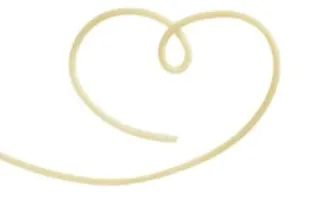
Cooked spaghetti is good for developing young children’s fine motor skills. It’s nice to the touch and fun to squeeze. Because it can be bent into different shapes, it’s easier to manipulate and make beautiful spaghetti art shapes.
Making Shapes
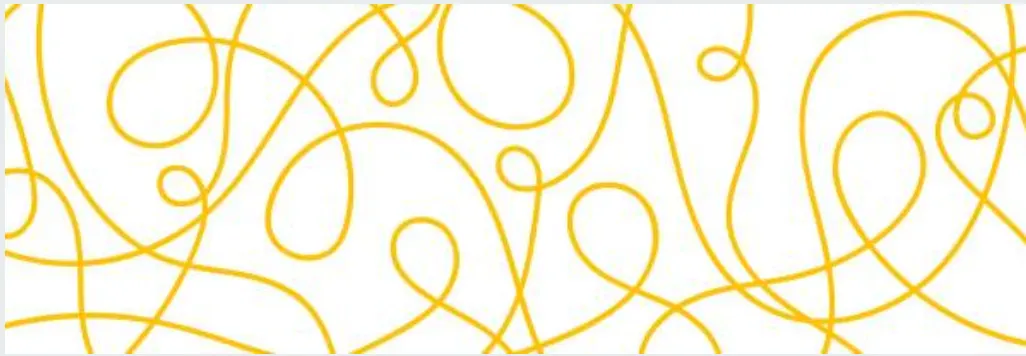
This easy project will give you ideas on how to use cooked spaghetti to teach kids about shapes and make art at the same time.
Ask the children to think of as many shapes as they can and to draw these shapes with their fingers on the carpet, floor, palm or air.
Model drawing these shapes on a whiteboard or piece of paper so that they can see the shapes (for visual learners). Make sure the shapes you have drawn are visible in case they forget.
Give them a piece of A3 or A2 card or paper, and ask them to trace the shape with their finger.
Give them PVA glue bottles which they have to squeeze to outline the shape with glue. Younger children might need help squeezing the glue bottle.
They then place the spaghetti pieces over their PVA glue and wait for it to dry.
Extra tip: They can add glitter on top to make them sparkle as the glue will hold it in place before it dries.
Some super fun shape ideas include:
star
moon
square
circle
triangle
rectangle
heart
oval
Older kids from 5-7 can try and make a more complex picture with their spaghetti, for instance,
a house with flowers
a family
an animal (they can cut the spaghetti into smaller pieces with their fingernail).
You’d be so surprised at what kids can create if they are given the time and resources to explore. They can even create abstract or random spaghetti art with wiggly lines, loops and zig zags. Let their imagination run wild.
Colored Spaghetti Art
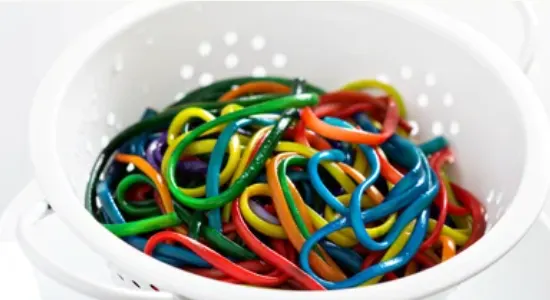
You can make different colored spaghetti in just 4 simple steps. Then we can explore the different spaghetti art activities we can use it for.
Boil the spaghetti.
Put it in a plastic bag with some drops of food coloring.
Shake the bag until all the food coloring has seeped into all the spaghetti pieces.
Rinse the spaghetti under cold water.
You can use as many colors as you want.
Spaghetti art with emotions
This activity will develop children’s knowledge of emotions and colors while creating fun, colorful hair.

Cut different heads and draw on faces that represent different emotions eg. anger, disgust, sadness, etc., and put them on 4 different pieces of paper. The children can work in groups or individually.
Watch this clip from Inside Out with the children: https://www.youtube.com/watch?v=dOkyKyVFnSs
Assign a color to each emotion ie. red for anger, yellow for happiness (for younger kids, only work with 2 or 3 emotions at a time). Make sure the children know which emotion represents each color (this is a great activity to revise colors). The children should also recognize each emotion ie. the angry face, sad face, happy face, or worried face.
Then put the different colored spaghetti in different pots.
Ask the children to arrange the spaghetti as the hair on each of the heads. The spaghetti color has to match each emotion. The hair can be messy, curly, straight or wavy. You can use glue to stick the spaghetti hair on the heads.
Rainbow spaghetti art ideas
More easy project ideas for making art with cooked rainbow spaghetti:
letters
numbers
the sun
the moon
flowers
a rainbow
a word
Older kids who are able to write can write a word and stick the colored spaghetti around the word, or draw the word in bubble writing and stick the spaghetti inside. These can be done on cards or paper and can be displayed around the house or classroom.
Half Cooked Spaghetti Brushes
Have you heard of spaghetti brushes? This is a great way to paint, and children will love the textures and colors they create.
Tie a handful of spaghetti sticks together and only boil the top half. Make sure the other half is out of the water as the spaghetti is boiling.

Then give children plain paper and different colored paints, and let their creativity run free. Younger kids absolutely love to dip the boiled end of the spaghetti into different colors and mix them on the page.
Warning. This can get messy.

Portrait

You will need cooked spaghetti and raw spaghetti so that children can make their own hair for their portraits. This is a great activity when studying the ‘All about me’ topic.
Print out children’s portraits, then stick them on a piece of paper.
Ask children to look at themselves in the mirror and observe their hair. Is it sticking up, falling down, straight, wavy, shorter at the front, or longer at the back?
The children can then stick the spaghetti around their heads using PVA glue.
After the glue is dry, they can paint their hair using the right color. If anyone has curly hair, then boiled spaghetti is nice and bendy for them to create their curls.
Raw Spaghetti Art
When it comes to raw spaghetti, the scenery changes. Think lion manes, horse tails and 3D shapes.
Fireworks

Paint the dry spaghetti pieces into different colors, using tempera or acrylic. Then model how to stick different colored pieces into a firework shape.
Spaghetti art with marshmallows
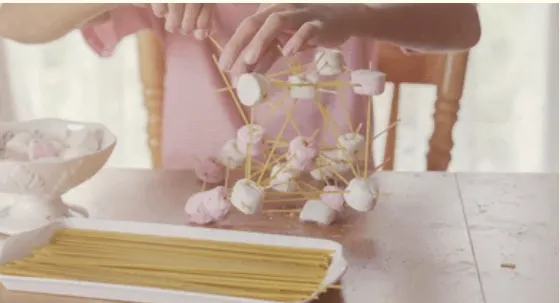
Children can use their creativity to make complex buildings or shapes using their spaghetti pieces and stick the ends onto marshmallows to keep them in place. The kids can be as creative as they like and make tall buildings, garages or houses with multiple rooms. They are only limited by their imagination. You can then ask them to tell you about what they’ve built, what it represents, and even use a small world to play in it. For sturdier buildings, use two or three pieces of spaghetti.
This can be extended to making pyramids or 3D shapes with older children.
Feeling ambitious? Take it outside and create taller structures.

Spaghetti Art Animals
Lion
Draw or print a simple picture of a lion’s face on a piece of paper or an old box.
Ask the child to break the uncooked spaghetti into smaller pieces and stick them around the lion’s head.
They can stick the spaghetti pieces either spaced out or close together.
The child can then color in the lion’s face and also use watercolors to paint the background around the spaghetti mane.
You can give them a thinner brush to try and paint in between each piece of spaghetti if they have been stuck with white spaces in between them.
Horse
Draw or print a simple picture of a horse (preferably a brown horse).
Then ask the children to name the different body parts of the horse (a wonderful teaching moment).
Model how to break up the spaghetti pieces and stick them where the tail and the mane should be.
Trees
Ask kids to observe different trees: their trunk, which is longer, and the branches.
They then recreate trees using spaghetti pieces.
Even if branches are not straight, they can break the spaghetti pieces into smaller pieces and create a curve in the branches.
Spaghetti hedgehogs
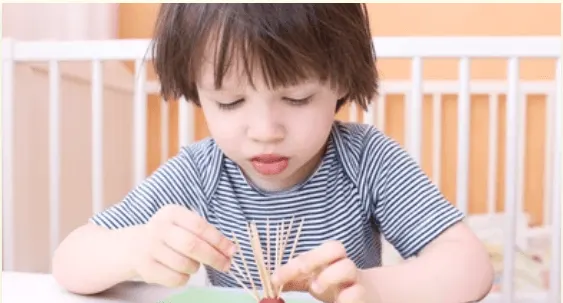
Use different colored playdough, clay, or best yet, make the salt-dough with the kids and use food coloring to get different colors. This will be the base of your hedgehog.
Make sure they have an elongated nose, as hedgehogs do.
Then break the spaghetti into little pieces (children can paint them if they like beforehand), and insert them into the hedgehog’s body. They will be the spikes sticking out.
